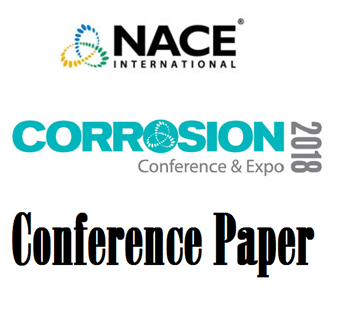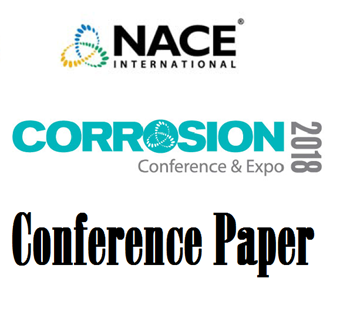Search
51318-11167-Corrosion propagation of rebar embedded in low w/c binary concrete blends exposed to seawater
Also Purchased
51318-11166-Corrosion protection of flexible fillers coated steel strands and contaminated with fungi
Product Number:
51318-11166-SG
Publication Date:
2018
$20.00
51318-11154-Preliminary corrosion testing of explosive cladded materials in geothermal environment
Product Number:
51318-11154-SG
Publication Date:
2018
$20.00
51318-11155-Corrosion Behavior of Powder Metallurgical Cobalt-Based Alloys in Hydrochloric Acid
Product Number:
51318-11155-SG
Publication Date:
2018
$20.00




